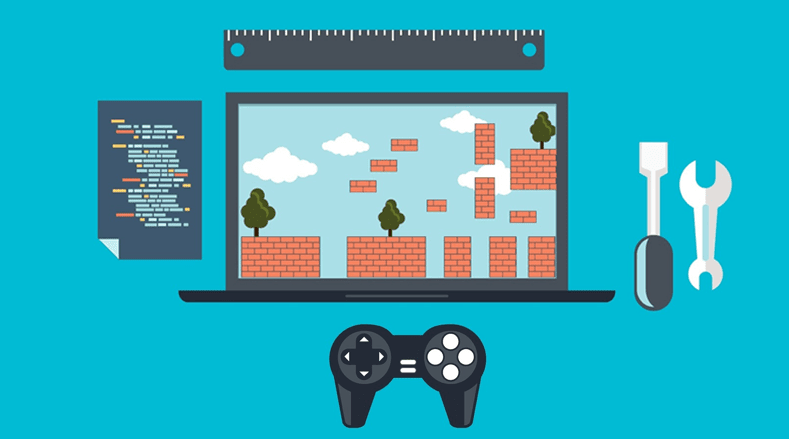The Spark of an Idea
Every great game begins with a spark of inspiration. Whether it’s a vivid dream, a compelling story, or a unique mechanic, the concept serves as the foundation for the entire development process. This initial stage is all about brainstorming and exploring possibilities. Developers often ask themselves key questions: What’s the game’s central theme? Who is the target audience? How will it stand out in the crowded market? Answering these questions helps narrow down the vision.
Turning Concepts Into Core Mechanics
Once the idea takes shape, it’s time to define the gameplay mechanics—the heart of the player’s experience. Whether it’s a fast-paced platformer or a thought-provoking narrative game, the mechanics need to align with the concept. This stage often involves prototyping simple versions of the game to test how ideas translate into interactive experiences. Feedback from early playtests is invaluable in refining the core mechanics.
Building a Narrative Framework
For many games, story plays a vital role in keeping players engaged. A well-crafted narrative gives context to the mechanics and creates an emotional connection. Developers outline characters, settings, and plotlines to build an immersive world. Even minimalist games benefit from some level of storytelling, which adds depth and meaning to the gameplay.
Visual Design and Art Direction
The visual aspect of a game is often the first thing players notice. Art style sets the tone and can range from hyper-realistic to stylized or abstract. Concept art, mood boards, and 3D models are created to bring the game’s world to life. Consistency in visual design ensures that every element—from characters to UI—feels cohesive.
Sound and Music Integration
Audio design is just as important as visuals. From background music that sets the mood to sound effects that enhance interactions, audio brings a game to life. Developers collaborate with composers and sound designers to ensure the audio complements the game’s theme and enhances immersion.

Iteration and Refinement
Game development is a cyclical process. Prototypes evolve through constant testing, feedback, and iteration. Developers identify what works, what doesn’t, and refine accordingly. This iterative approach ensures that the final product offers a polished, enjoyable experience.
The Road to Completion
With a clear concept, solid mechanics, and cohesive design elements, the game is ready for final production. Marketing and player feedback during this phase are critical for a successful launch. Ultimately, a well-developed concept and thoughtful design can turn a simple idea into a memorable gaming experience.